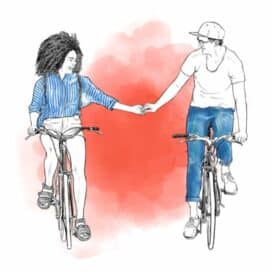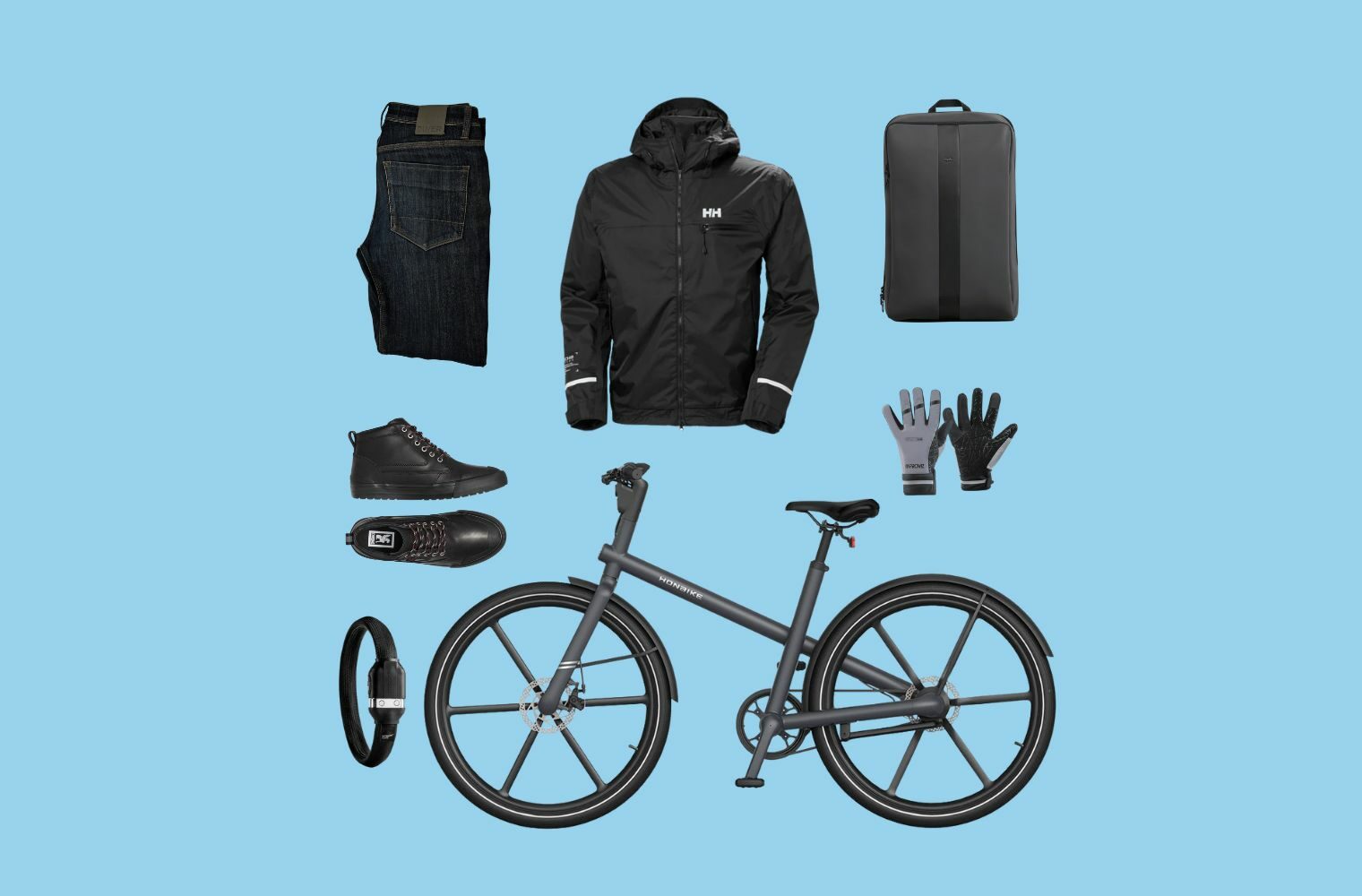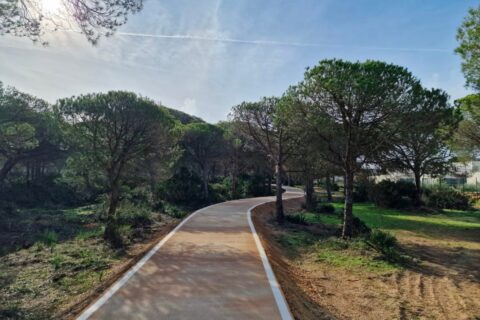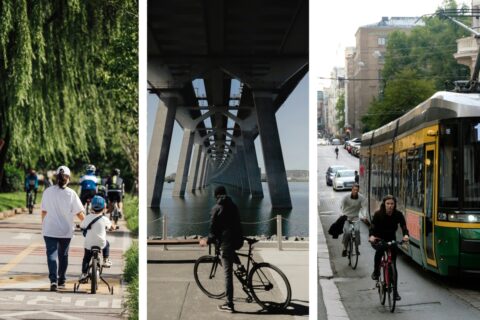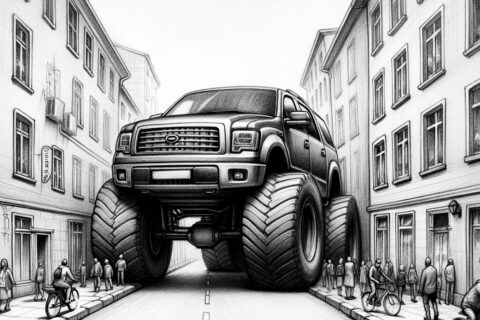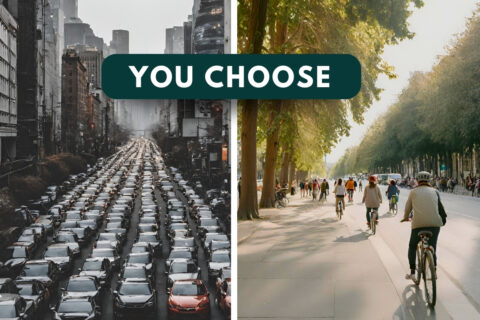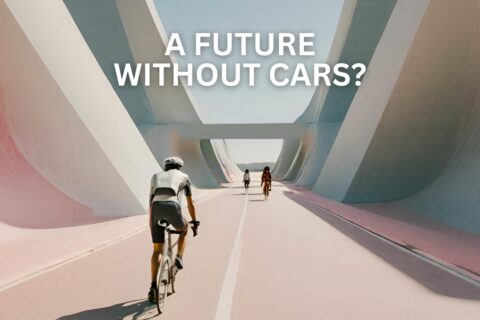This post may contain affiliate links, which help to keep Discerning Cyclist rolling. Learn more.
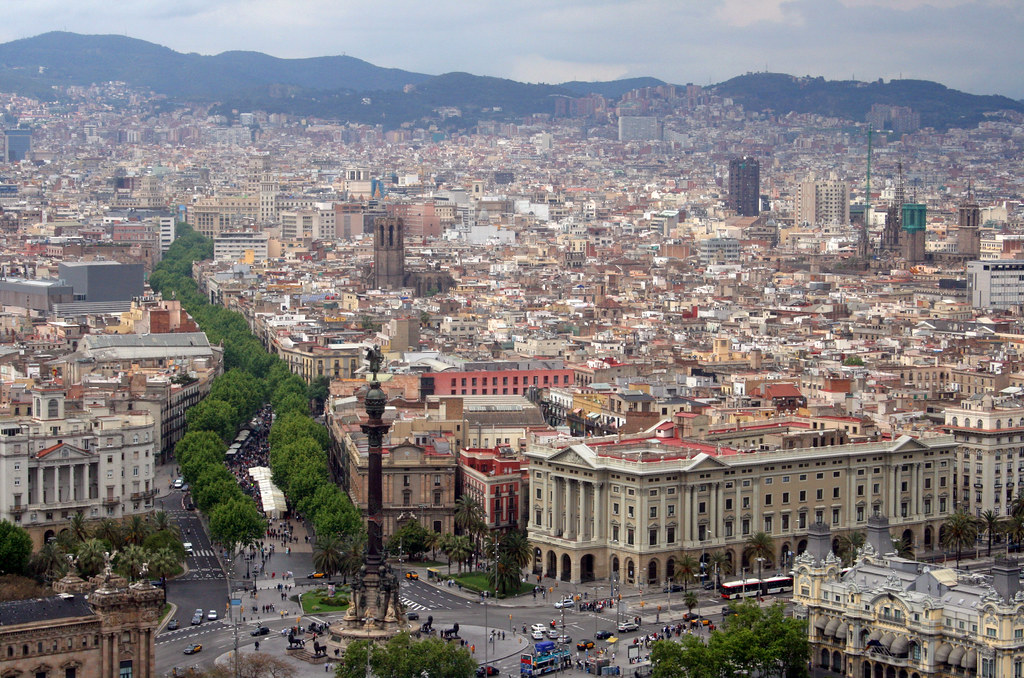
Thanks to its radical ‘superblocks’ scheme, cycling in Barcelona is becoming a whole lot more eco-friendly.
But what are they, where did the idea come from, what has it achieved, and would benefits could it go on to bring to Spanish city?
What Is The Idea Behind The Superblocks?
Superblocks are groups of streets where traffic is cut almost to zero, with this space, previously taken up by vehicles, turn into mixed-use public areas for pedestrians.
It is seen as a way in which Barcelona can regain many of its streets, but also a method of preventing premature deaths, extending life expectancy among its citizens, saving the city money and reducing the amount of toxic emissions released.
History of the Superblocks
Initially the idea of BCNecologia, an agency led by Salvador Rueda, the first superblock in Barcelona came into effect in 2016, in the northern neighbourhood of Poblenou.
The Poblenou superblock, despite early opposition (especially from car owners and small business owners), has proved a massive success over time and the scheme has only got stronger having learnt lessons from its early stages.
At time of writing, six superblocks have came into effect in Barcelona, and are far more well-received immediately among citizens than the Poblenou example was at first.
Successes of the Superblocks
Considering, as a city, Barcelona’s air quality often exceeds the legal limits for pollutants set by the World Health Organisation, its six current schemes have, as mentioned above, proved a great hit in this regard.
That aforementioned early opposition to superblocks has subsided, with the advantages of a traffic-free environment there for all to see and enjoy. There has also been 30 per cent increase in the number of small businesses compared to before their introduction, and the city has seen a sharp rise in the number of walkers and cyclists.
The scheme has also attracted onlookers elsewhere; in Seattle, for instance, there is a proposal to introduce a similar project in their Capitol Hill neighbourhood. The American city has already tried something along those lines with the Home Zones project, whereby residents are offered grants to introduce traffic-lowering schemes.

Where are the Superblocks in Barcelona?
As of 2020, there are three Superblocks in Barcelona. They are in Poblenou, Sant-Antoni and Horta. They can be seen on the Barcelona Superblocks map below.
Barcelona Superblocks Map

Future Plans
If you thought the city of Barcelona would be content with just six superblocks, though, how wrong you would be. In fact, the initial plan details schemes to build an enormous 503 superblocks in total.
Before we get ahead of ourselves, let’s not pretend the implementation of so many superblocks will happen without a single hitch, though. Even if, ultimately, they are precipitating a more pedestrian-friendly environment, they may add to traffic in surrounding areas while they are being built, or cause home prices to rise, for example.
But the potential benefits of this many superblocks are impossible to ignore; not least the fact that reports have suggested they could reduce air pollution by one-quarter, and that a study from the Barcelona Institute for Global Health concluded that, with all planned schemes in place, more than 600 lives could be saved.
This many superblocks, it is believed, would reduce ambient levels of nitrogen dioxide by 24 per cent, and bring Barcelona inline with the WHO-recommended maximum of 40 micrograms per cubic metre (currently, the sit at 47).
Each year, this reduction in air pollution could prevent 291 premature deaths, while less traffic noise and heat island effects could prevent 163 and 117 respectively, and the increase in vegetation which the plan would also cause save about 60.

What’s more, the life expectancy of most of Barcelona’s residents may go up for about 200 days, which would save the city €1.7 billion (£1.52 billion) each year. The study also predicts that the total of 1.19 million journeys in private vehicles would drop by 230,000 a week, with people either using public transport and bikes more often, or simply walking more regularly.
From its greener areas to clearer roads, superblocks are Barcelona’s next step to a healthier, more fulfilling lifestyle. And before we know it, other cities may soon decide to follow this flexible, innovative example, too.





